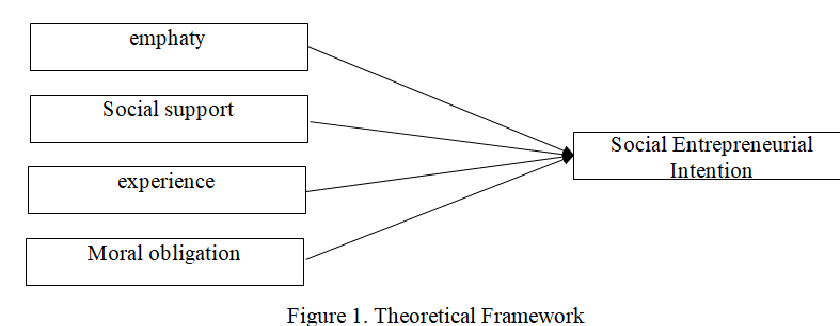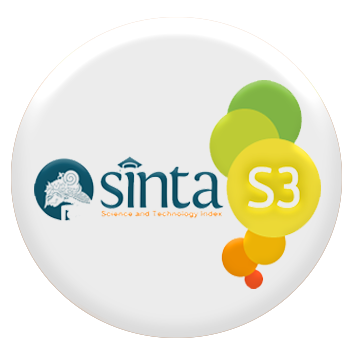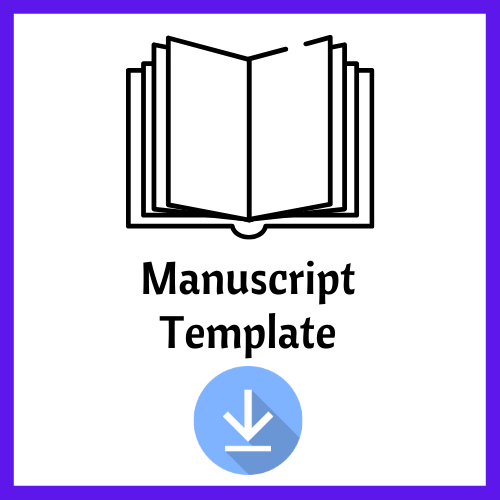| .:: ACCREDITATION ::. |
|---|
Author Guideline
Jurnal Manajemen Universitas Bung Hatta focuses on publishing management research results everywhere, issues published by Jurnal Manajemen Universitas Bung Hatta cover human resources management, marketing management, financial management, strategic management, entrepreneurship, and other management and business applications.
Jurnal Manajemen Universitas Bung Hatta is open to all readers. Jurnal Manajemen Universitas Bung Hatta is positioned as a forum for academics and practitioners to share scientific information about research results.
SPECIAL GUIDELINE
A. The Writing Guidance
- The article is well-written in English ranging from 3500 words to 5000 words. Typed single space for the abstract. One and half-space for content and references. Written by font Times New Roman (TNR) 12pt size and indent for paragraphs are 1,15 cm.
- The paper size is A4 (210 x 297 mm), it is one column and the page setup is top margin 1.27 cm; bottom margin 1.27 cm; left margin 1.27 cm, and right margin 1.27 cm.
- The font size for the title is Times New Roman, 16pt; it is capitalized, bolded, and centered.
- After the title, it is followed by the author (without the title). It is Times New Roman 12pt, capitalized each word, bolded and centered.
- Under the author, it is the institution and the email at Times New Roman, 12pt, and centered. For example Management Department, Universitas Bung Hatta, Indonesia.
- The font size for the sub-part in the article is Times New Roman, 12pt, capitalized each word, bolded and left justified, and without any bullet and numbering.
- Table.format
- All table form as an example. Table title is placed on the table with centered For
- example: Table 1. Descriptive Statistics

8. Figure format

B. The Article Systematic
The article systematic includes the title; the identity of the author (without a title); abstract; keywords; Introduction (without sub-sections), Literature Review, Method; Result and Discussion; Conclusion, and References. While discussion about literature review and previous studies included in the introduction or result and analysis.
C. The Article Format
- Title. The title must be interesting, specific, and informative, which is measured by directness in writing.
- The author's identity. It includes the author’s name (without the title), department, institution, and country.
- Abstract. It is written in about 200 words, in English. The abstract should include the purpose of research, data/object of research, method, result, and conclusion.
- Keywords. The keywords should be written in English. Keywords should be chosen carefully and are able to reflect the concepts/variables contained in the article, with the number of three to five keywords.
- Introduction. It is the state of arts of the research, which consists of the background of the study, the motivation of the study, the theories, and the objectives of the study. It is written in the form of a paragraph.
- Literature Review. The theoretical foundation is a reference/framework for solving problems. Researchers must present an in-depth study of theories related to research.
- Method. It consists of the research design (the method, the data, the data source, the data collecting technique, the data analysis technique, the measurement of the variables that are written in the form of paragraphs.
- Result and discussion. It contains the results of empirical or theoretical studies written by systematic, critical analysis, and informative. The use of tables, images, etc. only to support or clarify the discussion and is confined only to support substantial information, e.g, tables of statistical tests, the results of model testing, etc. Discussion of results should be argumentative regarding the relevance of the results, theory, previous research, and empirical facts, as well as demonstrate the novelty of the findings.
- Conclusion and suggestions. It consists of the conclusion, clarity of new findings, new theories, and the possibility of future research development.
- References. The reference use APA Citation Style. The degree of sophistication of materials is referred to in the span of 10 years. The references are expected to be 80% of the primary sources originating from national and international journals. Writing citations that are referenced in the script should use reference applications (reference manager) such as Mendeley, Endnote, or Zotero.











